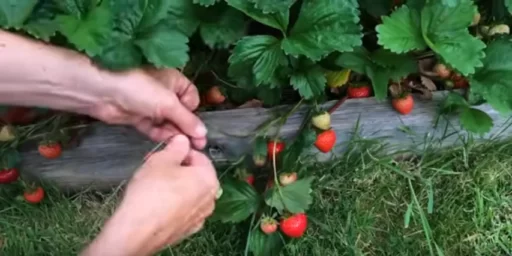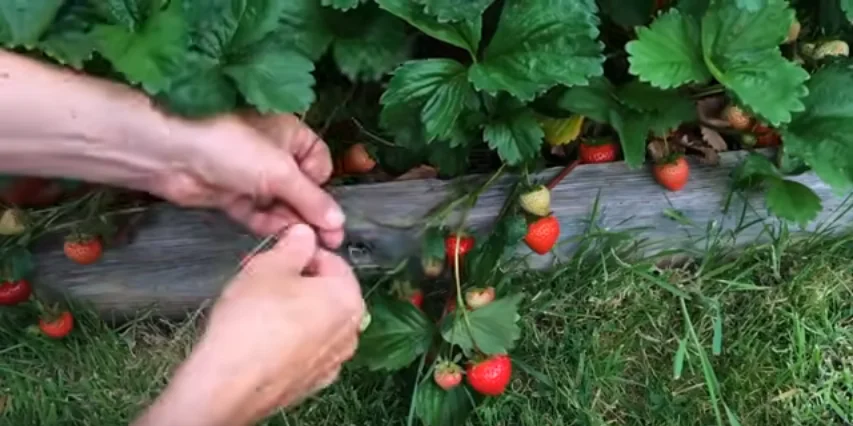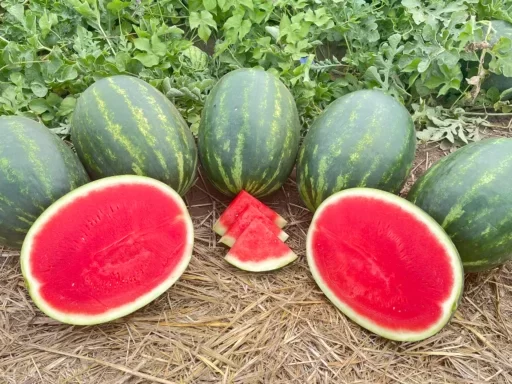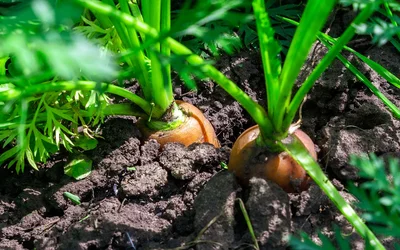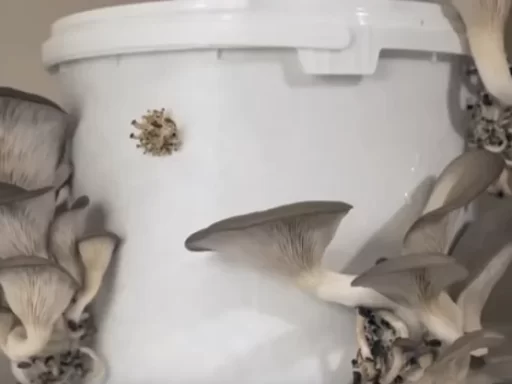Are you ready to embark on the delightful journey of growing strawberries? Nothing quite compares to the taste of a freshly picked strawberry, especially when it’s grown right in your backyard or on your balcony. In this comprehensive guide, we will explore everything you need to know about cultivating your own strawberries—from choosing the right variety to harvesting the sweetest, juiciest fruits.
Why Grow Your Own Strawberries?
The taste of strawberries you grow yourself is incomparable. Commercially grown strawberries are often harvested before they reach their peak ripeness, which can result in bland, flavorless fruits. When you grow your own, you can pick them at their most flavorful, juicy, and aromatic stage. Additionally, homegrown strawberries are free from the preservatives and chemicals often used in store-bought varieties.
Choosing the Right Strawberry Varieties
When it comes to strawberry varieties, understanding your preferences and climate conditions is crucial. There are three main types of strawberries that you can grow:
- June Bearing (Summer Fruiting) Strawberries: These varieties produce their fruit in one large crop over two to three weeks. They are categorized into early, mid, and late-season types, allowing for harvesting from early summer to late summer.
- Everbearing (Perpetual) Strawberries: These plants provide a continuous harvest throughout the summer and even into early autumn. If you prefer a steady supply of strawberries for snacking, this is an excellent option.
- Day-Neutral Strawberries: These varieties are unaffected by day length, yielding fruit throughout the growing season in smaller quantities. They are great for gardeners who want a consistent, albeit limited, supply of strawberries.
Additionally, Alpine and Wild Strawberries offer intense flavors in smaller fruits, making them perfect for topping desserts or porridge.
Selecting Strawberry Varieties
When selecting strawberry varieties, consider those that are known for their resistance to pests and diseases. Many varieties have received accolades such as the All-America Selections or the Royal Horticultural Society Award of Garden Merit, ensuring their reliability. Choose a mix of varieties to extend your harvesting period and enjoy strawberries throughout the season.
Ideal Growing Conditions
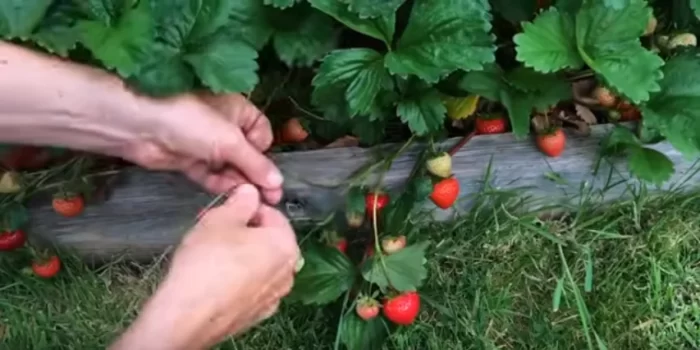
To grow the best strawberries, aim for a sunny location that receives at least six hours of sunlight daily. For optimal growth and flavor, eight or more hours of sunlight is ideal. Ensure your soil is well-draining and rich in organic matter. Incorporating well-rotted manure or compost will provide your strawberries with the nutrients they need to thrive.
Preparing the Soil
Begin by preparing your planting area. If you’re planting in a garden bed, mix in organic material like compost or manure. You can also use organic fertilizers, such as balanced fish and bone meal, to enrich the soil further. For those opting for container gardening, use high-quality potting mix blended with soil-based mixes to create a healthy environment for your plants.
Planting Techniques
Bare Root vs. Potted Strawberries
You can choose between bare root strawberries or potted plants. Bare root strawberries, although initially looking scraggly, offer excellent value. When planting bare roots, ensure you position them so that the crown (where the leaves emerge) is slightly above the soil surface. For potted strawberries, plant them at the same depth they were in the nursery pot.
Companion Planting
Companion planting can enhance the growth of your strawberries. Garlic, for instance, is an excellent companion as it helps deter pests. You can interplant strawberries with garlic or other suitable companions to promote a healthy garden ecosystem.
Container Gardening for Strawberries
Strawberries thrive in containers, making them perfect for patios or balconies. Choose wide, shallow pots or hanging baskets to maximize fruit production. Be cautious with certain strawberry planters, as they may expose the roots to drying conditions.
Creating a Strawberry Cascade
Consider creating a strawberry cascade using pots of decreasing size to create a visually appealing display. Ensure that the pots are well-drained, and fill them with a quality potting mix. This method not only saves space but also elevates the plants, reducing the risk of soil-borne pests.
Watering and Mulching
Watering is crucial, especially during dry spells. Ensure your strawberries receive consistent moisture, focusing on watering at the base of the plants to prevent mold. Once the plants begin to flower, consider using a high-potassium liquid fertilizer to encourage fruit development.
Mulching around your strawberry plants with straw or dried grass clippings can help maintain moisture levels and keep the fruit clean. Mulch also protects the roots and prevents weeds from taking over.
Pest Control and Protection
While growing strawberries, be vigilant about pests like slugs and birds. Slugs are particularly attracted to strawberries and can damage the fruits. Set up beer traps to catch slugs or use natural deterrents like copper tape around your garden.
To protect your strawberries from birds, you can cover them with netting or use colorful rocks painted red to mimic ripe fruits. This innovative method can confuse birds, keeping them away from your delicious berries.
Timing Your Harvest
One of the joys of growing strawberries is the perfect timing of your harvest. Pick strawberries during the warm afternoon sun for maximum flavor and aroma. While they can be stored in the refrigerator, allow them to warm up before consuming for the best taste.
Propagating Strawberries
Strawberries produce runners, thin stems that can be used to propagate new plants. Pin down the runners in soil or a pot, and once they root, you can separate them from the mother plant to create new strawberry plants. This method is an easy and cost-effective way to expand your strawberry patch.
Conclusion
Growing strawberries is a rewarding endeavor that brings joy and deliciousness to your garden. With the right variety selection, ideal growing conditions, and proper care, you can enjoy fresh, flavorful strawberries throughout the season. Whether you choose to grow them in your backyard or in containers, the satisfaction of harvesting your own strawberries will make every effort worthwhile.
Frequently Asked Questions (FAQs)
- What is the best time to plant strawberries?
- The best time to plant strawberries is in early spring or late fall, depending on your climate. This allows the plants to establish roots before the growing season.
- How much sunlight do strawberries need?
- Strawberries thrive in full sun and require at least six hours of sunlight per day for optimal growth and flavor.
- How do I prevent pests from damaging my strawberries?
- To prevent pests, use natural deterrents like garlic, set up beer traps for slugs, and cover plants with netting to keep birds away.
- Can strawberries be grown in containers?
- Yes, strawberries are ideal for container gardening. Use wide, shallow pots or hanging baskets to grow healthy strawberries.
- How often should I water my strawberry plants?
- Water your strawberry plants regularly, especially during dry periods. Ensure the soil remains moist but not waterlogged.
- What is the difference between June-bearing and everbearing strawberries?
- June-bearing strawberries produce a single large crop in a few weeks, while everbearing varieties produce fruit continuously throughout the summer.
- How can I propagate strawberry plants?
- You can propagate strawberries by pinning down runners in soil or pots until they root, then separating them from the mother plant.

